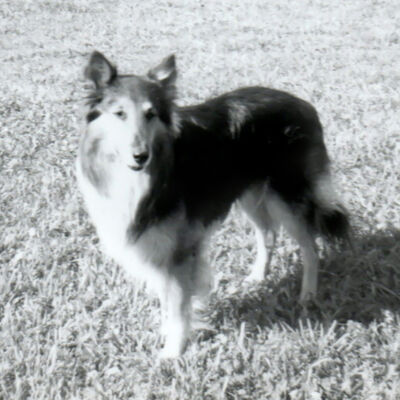My Photoshop CC Tips & Tricks WIth Layers Part 1
Apr 12, 2021 10:35:52 #
via the lens wrote:
I see the subtle change, mostly a brighter sky wit... (show quote)
I think the change made an improvement, bringing in some soft color to the sky. Jim was demonstrating how he made this one change, and was planning on showing further edits in future messages. Subtle changes can add up to vast improvement to an image.
For me, the most difficult part of editing are these subtle changes. Getting them right is subjective and perhaps easy for the artistic among us. For those of us lacking the art gene, too often we end up with garish edits that show technical ability with no artistic ability. The hog is full of photos showing both ends of the spectrum. Myself, I generally go for full sky replacement rather than subtlety. Often I'll have a number of sky replacements and have a hard time deciding which I like best.
Apr 12, 2021 14:43:28 #
I frequently have trouble seeing differences between photos arranged side by side or top and bottom. I find the blink test a good way to spot subtle differences. Basically you take the two images and overlay them so there isn't any shift as you shift from viewing one to the other. I have instructions for generating a blink test in Photoshop at https://www.uglyhedgehog.com/user-page?upnum=3016
My writeup involves producing an animated GIF, but you don't have to go through the whole process. In this case you first want to separate the images. Load the downloaded image into Photoshop. Select one image, Cut it out and paste it into a new layer. Then Edit => Auto Align to overlay them.
Once you have that you can turn the visibility of the top layer on and off and look for changes. The advantage of using Photoshop here is that you can zoom in to any part of the image and blink back and forth to look at localized changes.
My writeup involves producing an animated GIF, but you don't have to go through the whole process. In this case you first want to separate the images. Load the downloaded image into Photoshop. Select one image, Cut it out and paste it into a new layer. Then Edit => Auto Align to overlay them.
Once you have that you can turn the visibility of the top layer on and off and look for changes. The advantage of using Photoshop here is that you can zoom in to any part of the image and blink back and forth to look at localized changes.
Apr 12, 2021 14:52:37 #
BigDaddy wrote:
...One of the problems I have in editing is making subtle changes. Your eyes tend to see what they expect to see and that can play havoc with your edits. Additionally, I tend to go overboard rather than making subtle changes...
If you're doing your changes in Photoshop you can use the blink test easily.
Select all your layers. Right-click and gather them into a group. Duplicate the group. Then you can edit the layers in one group and leave the original untouched. You can then turn the visibility of the edited group on and off and see all the changes blinking.
Apr 14, 2021 09:52:03 #
DirtFarmer wrote:
If you're doing your changes in Photoshop you can use the blink test easily.
Select all your layers. Right-click and gather them into a group. Duplicate the group. Then you can edit the layers in one group and leave the original untouched. You can then turn the visibility of the edited group on and off and see all the changes blinking.
Select all your layers. Right-click and gather them into a group. Duplicate the group. Then you can edit the layers in one group and leave the original untouched. You can then turn the visibility of the edited group on and off and see all the changes blinking.
I no longer use PS but Affinity works the same way. However, some things your brain sees and makes choices on what it's seeing that are in fact, not reality. Lots of stuff on the internet about optical illusions and I'm no expert, but reality is 3 dimensional and you are looking at two dimensional photo, your brain tries to figure out what it is seeing. For example, look at the edge of your monitor across the top, then tilt your head. The horizon stays straight. Your brain did that I think, because your eyes didn't twist around. I think my brain is really good at it because I have a ton of photos that are not on the level. Once I see it, I wonder how I ever missed noticing it.
Your brain does all sorts of things to help you out, and it's good at it, but in photo editing, it can get in your way. Often, particularly for beginners and inexperienced, garish changes made to a photo look fine after staring at the screen for a while. Look at the same work tomorrow and you sometimes are amazed at how over saturated or off colors might be, and I think it's because of how your brain/eye relationship works to "fix" things that make sense. I have learned not to trust a new edit, and best to look at it again later, or tomorrow etc. Even then, if it's important, have someone else look at it, often they will see things your eyes/brain are correcting without you knowing it.
If you want to reply, then register here. Registration is free and your account is created instantly, so you can post right away.
